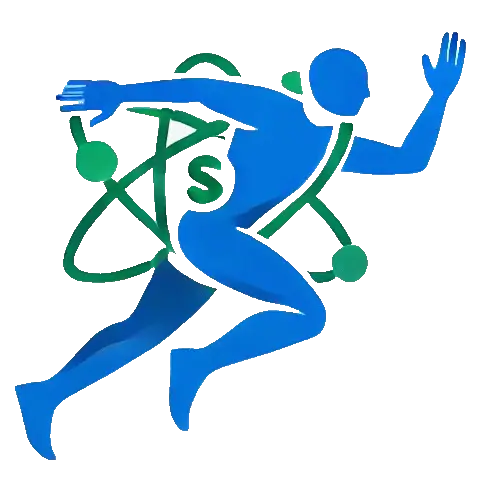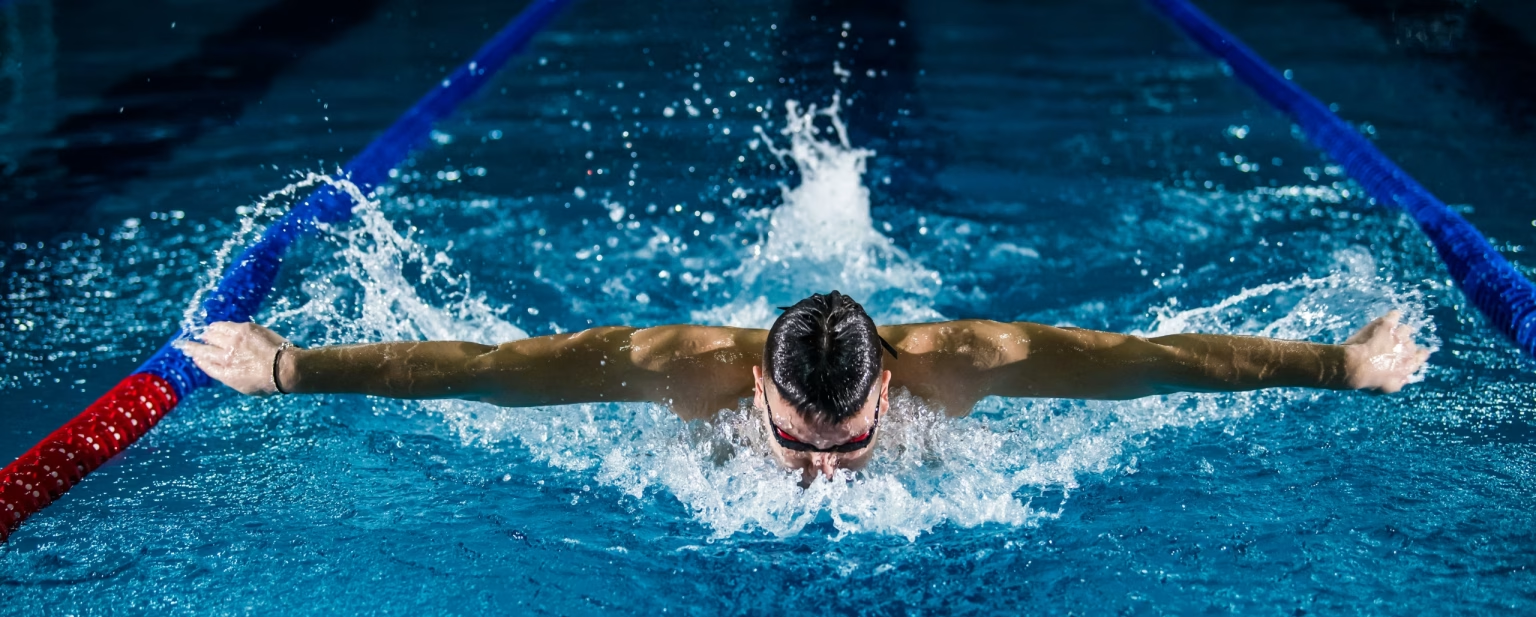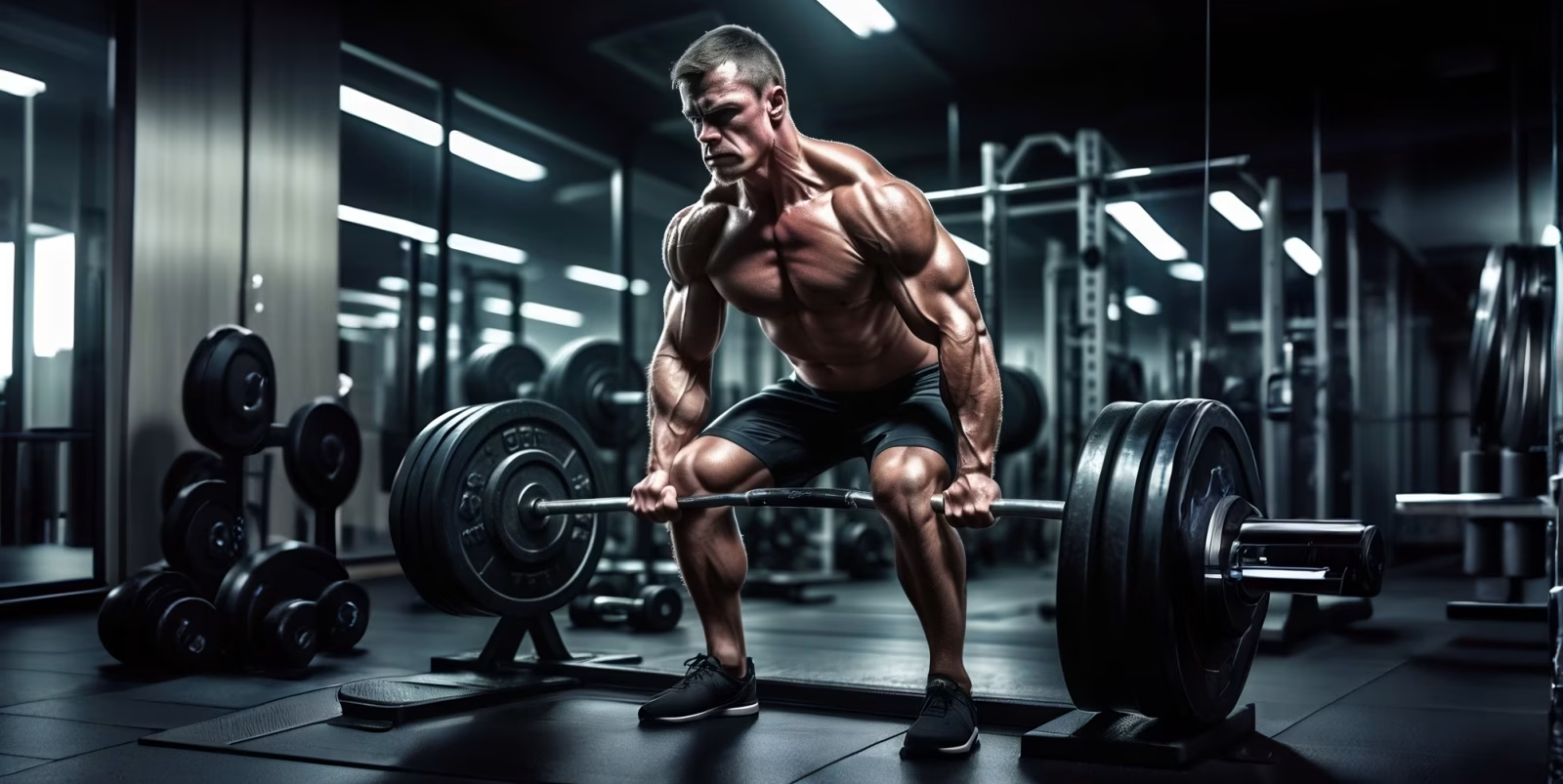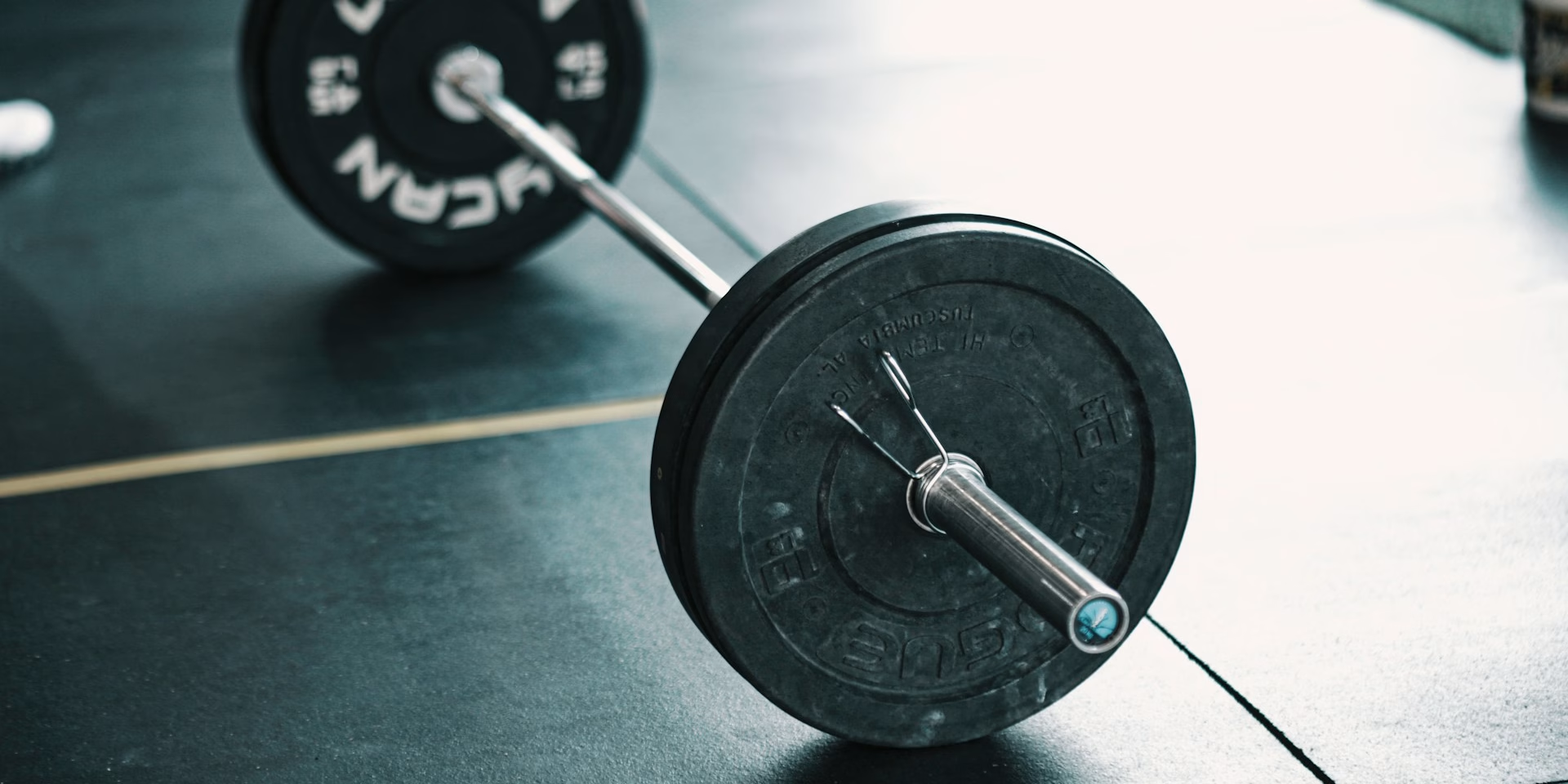Training Principles Part 2 – More Strategies for Better Workouts
In the first part, you learned that training stimuli must be sufficiently intense, recovery is essential, and steady progression is necessary. But that was just the beginning! There are more principles that will take your training to the next level. If you want lasting success, you need to know these principles—and, most importantly, apply them correctly.
Today we’ll look at how the right sequence of exercises boosts your performance, why periodization is indispensable, and why individualized training is the key to achieving maximum progress. Let’s get started!
Maximizing Performance Through the Optimal Sequence – The Principle of Correct Exercise Order
Not every exercise is equally demanding. That’s why the order of your exercises is crucial. Complex, highly coordinated exercises should come first in your workout, when you’re still fresh (Weineck, 2019). Only then should you move on to less demanding or isolated exercises.
That’s why a sprinter, for example, will first train speed with explosive starts and then do strength training. If they reversed the order, they’d already be fatigued and unable to sprint at maximum speed.
Periodization in Training – Why Targeted Cycles Accelerate Your Progress
No athlete can be in top form all year round. That’s why training is divided into different phases aimed at boosting performance (Hohmann et al., 2014). This division is called periodization. By planning targeted cycles of exertion and recovery, you can prevent overtraining and systematically build your performance level.
Professional athletes in particular plan their training in preparation, competition, and recovery phases. For a marathon runner, for instance, the focus might be on building basic endurance during the preparation phase, while in the weeks leading up to a race, more specific speed workouts take center stage.
Individualized Training for Maximum Results – Why Age & Performance Level Matter
Everyone is different—and so should their training be. Training plans must be adapted to individual performance levels, physical conditions, and age (Schnabel et al., 2014). A training program that works for a professional athlete isn’t automatically suitable for a beginner.
A 14-year-old youth soccer player has different needs than an experienced pro. While young athletes focus on improving technique and basic endurance, professionals work specifically on explosiveness and tactical fine-tuning.
Why Variety Is Essential – The Principle of Versatility
Repeating the same exercises over and over leads not only to boredom but also to a performance plateau. Variety keeps your workout stimulating and challenges your body in new ways (Hottenrott & Neumann, 2016). Switching up methods and exercises fosters well-rounded development.
A strength athlete, for example, can perform squats not just with a barbell but also with kettlebells or on an unstable surface. This engages different muscle groups and boosts overall performance.
Your Roadmap to Long-Term Training Success – Apply These Principles Correctly!
Now you know all the key training principles. The right exercise sequence, periodization, and individualization are crucial for taking your workouts to the next level. Your body needs both variety and structure—and these principles help you strike that balance effectively.
Use this knowledge to improve your training plan. Whether you want to boost endurance, gain strength, or sprint faster—by following the training principles, you’ll make steady progress in the long run.
If you want to explore the training principles in greater depth, be sure to check out our DeepDive articles on each principle.
References
- Hohmann, A., Lames, M. & Letzelter, M. (2014). Einführung in die Trainingswissenschaft. Wiebelsheim: Limpert Verlag.
- Hottenrott, K. & Neumann, G. (2016). Trainingswissenschaft: Ein Lehrbuch in 14 Lektionen. Aachen: Meyer & Meyer Verlag.
- Schnabel, G., Harre, H.D. & Krug, J. (2014). Trainingslehre – Trainingswissenschaft: Leistung – Training – Wettkampf. Aachen: Meyer & Meyer Verlag.
- Weineck, J. (2019). Optimales Training: Leistungsphysiologische Trainingslehre unter besonderer Berücksichtigung des Kinder- und Jugendtrainings. Balingen: Spitta Verlag.




